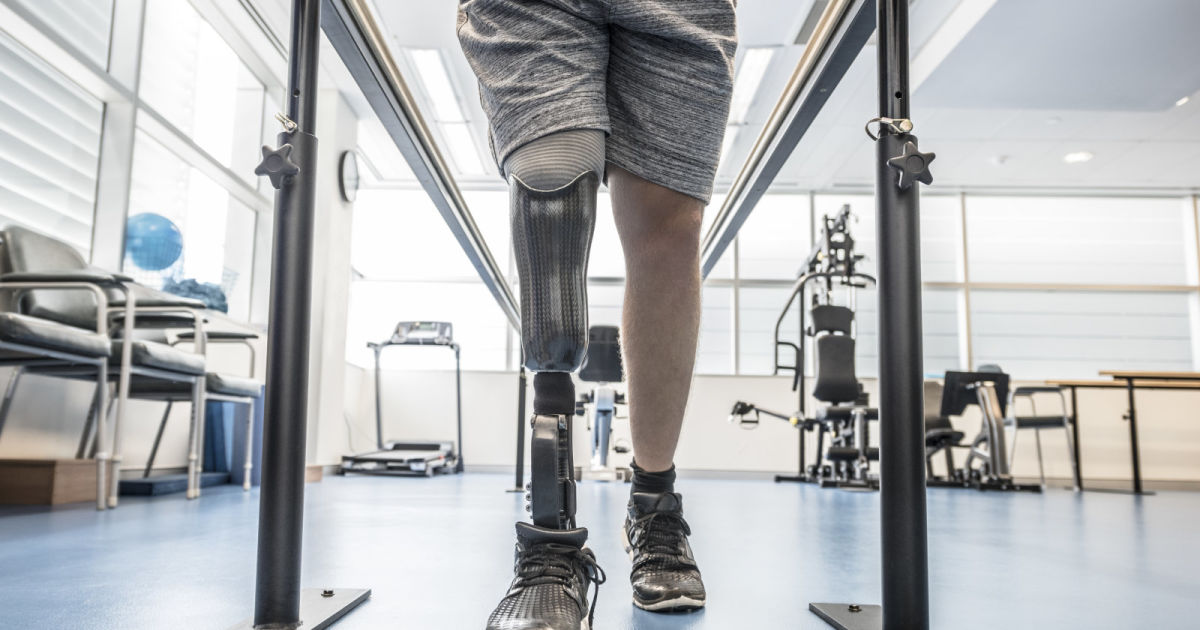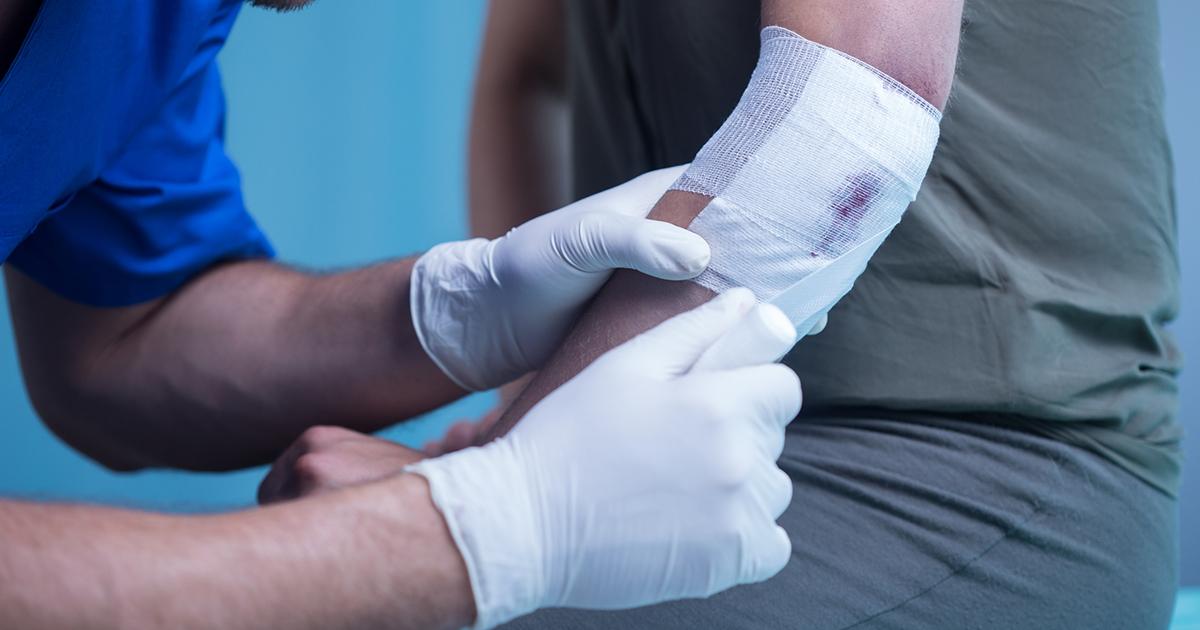What Causes Osteomyelitis?
Osteomyelitis, an infection of the bone, can range in severity. For some individuals, the condition causes no symptoms, while for others it can be painful, causing fevering, swelling, and localized pain. Previously, osteomyelitis was incurable, and while this isn’t the case today, treatment is most effective when it is performed swiftly and directly. As such, knowing what can cause or contribute to osteomyelitis is vital to help your doctor determine what may be ailing you and provide faster, more specific treatment. Osteomyelitis is most often caused by staphylococcus bacteria, a type of germ found on the skin or even in the noses of healthy individuals. The infection primarily occurs when the bacteria spread to a weak spot in the bone in one of the following ways.
Infected Prosthesis

A severe bone fracture or puncture wound, one that may require extensive treatment and result in a prosthetic limb, provides germs a direct route into the bone and surrounding tissue. While many precautions are taken to avoid the spread of infection during surgery to repair broken bones, replace worn joints, and restore functional limbs, this form of surgery can inadvertently be a direct path for germs to enter the bone.
An infected prosthesis or other implanted orthopedic hardware is an extreme risk factor for infection. So if you’ve had either, it is important to take the necessary precautions to protect yourself from germs. Take antibiotics as directed by your doctor following surgery. Be sure to change dressings frequently or as directed by your physician, and avoid animal bites or other incidents that could provide a greater pathway to infection.
Keep reading to reveal more causes of osteomyelitis now.
Infected Puncture Wound

A wound that occurs as the result of something sharp and pointed penetrating the skin is known as a puncture wound. While this type of injury may not bleed much due to the small opening in the skin, it is particularly susceptible to infection, including osteomyelitis. The danger of an infected puncture wound is many of the items that cause the injury are covered with any number of germs, including those that cause bone infection.
To protect yourself from osteomyelitis caused by an infected puncture wound, take care when exposed to environments where the risk of this type of injury is great. Be careful when working with old lumber or other material that may contain rusty nails and similar material. Also, wear protective gear when you’re outside working or hiking and may be exposed to an animal bite. Also be sure to treat puncture wounds promptly and contact your doctor if you suspect an infection.
Keep reading to discover more causes of osteomyelitis now.
Open Wounds

Open wounds are also a significant cause of osteomyelitis. The risk of this type of wound is great because the openness of the injury leaves patients exposed to any of the many germs in the environment. Injuries where a broken bone is sticking out of the skin are particularly dangerous because not only is the skin open, but the bone is also exposed and susceptible. Contamination can also occur during surgeries used to replace a joint or repair a fracture.
Treating open wounds promptly and thoroughly is another critical measure you can take to avoid infection. If you injure yourself, attempt to stop the bleeding and clean the wound thoroughly. If the wound resulted in a broken bone or a severe skin abrasion, seek medical attention and be sure to explain the full nature of the injury to the medical professionals treating you. Likewise, if you have undergone orthopedic surgery, be sure to follow the treatment protocol your physician recommends to reduce the risk of infection.
Get to know the next cause of osteomyelitis now.
Pneumonia

Germs from one part of the body can spread through the bloodstream and enter a weak spot in your bones. This is often the case when osteomyelitis is related to a lung infection. The germs that caused the infection in your lungs reached the bloodstream and then settled into your bone. You may be at particular risk for this type of infection if you are already immunocompromised, have a blood circulation disorder, or have recently had another injury or orthopedic surgery.
If you develop pneumonia, be sure to seek medical attention and continue using any medication until you’ve finished the recommended treatment. Likewise, mention to your treating physician if you have any additional risk factors that could make you more susceptible to spreading infection, such as a recent injury or surgery, an immune-compromising condition, or a circulation disorder, such as poorly managed diabetes, peripheral arterial disease, or sickle cell disease.
Get to know the next cause of osteomyelitis now.
Urinary Tract Infection

A urinary tract infection can give way to osteomyelitis in a similar way as pneumonia. This type of infection is caused by germs that collect in the urinary system, though the same germs can spread to the bloodstream and settle into a weak spot in the bone, resulting in osteomyelitis. Individuals who have a suppressed immune system are at an increased risk of this.
To prevent the spread of infection from the urinary tract, seek medical attention if you suspect you have a urinary tract infection. Also, be sure to follow the recommended course of treatment to eliminate the original infection and rid your body of the bacteria that caused it. Likewise, inform your doctor if you have any of the aforementioned risk factors known to contribute to osteomyelitis.